Standard overhang for rounded edge is 1.5 inches, but it comes down to preference. Maximum rounded tip overhang is approximately 3 inches. The edge of the pool is the material that surrounds the edge of the pool, often with a small overhang. Most pool covers have a rough surface on the top to prevent slipping and provide grip for wet feet.
It is also sturdy enough to protect the upper edge of the pool from damage. The cap protects the upper edge of the pool wall and also performs other important tasks. It's necessary for the safety and operation of a pool, and it's part of what makes a pool look and feel attractive to swimmers. In general construction terminology, the coping refers to the masonry material used to cover the top of a wall.
Most walls have some type of cladding, and the type that adorns those of gunite pools has specific elements. The end cap is the material, usually natural stone or various forms of concrete mounted on top of the “joint beam” of the pool housing (the top of the wall). This is where the pool structure meets the surrounding deck. Typically, the cap is installed in a 12-inch strip around the perimeter of the pool, as well as in the spa.
With a few possible exceptions, the entire perimeter of the pool and spa is finished with a coping. Exceptions generally include rock waterfalls, edge flow spas and trailing edges, as well as some beach entrances, pool bars, and other custom special features. In this spectacular infinity pool, the slab edge highlights the spa, but the vanishing edge is deliberately left “open” without any protection. Once in place, the coping sits above the tile line.
It usually extends one to one and a half inches above the surface of the water, thus creating a small ledge or ledge. With a chipped edge for an organic look, but polished to soften sharp edges and a more comfortable grip. Coping plays an important role on several fronts. Let's see how this feature helps maintain the structural integrity of the pool, increases swimmer's safety and comfort, and improves the visual appeal of the pool.
Before doing so, it is important to understand that, despite what coping brings, some groups are built without any kind of coping. In some regions of the country, particularly in the southeast and in areas with mild winters and stable soils with little expansion and contraction, the construction of swimming pools without a cap is common and perfectly appropriate. In these projects, contractors prefer what is known as a “cantilever platform”. They build a concrete, pavement or stone platform that extends to the edge of the pool and simply goes over the water.
So, in effect, the edge of the platform takes the place of facing and performs the same functions of comfort and safety. With their cantilever configurations, these stamped concrete covers extend slightly beyond the edge of the pool and perform a dual function for the lack of end cap. First, in most areas of the country, coping is an integral part of building a swimming pool. The end cap protects the pool joint beam and any protruding points of the reinforcing bar (steel bars).
The mounted material creates a barrier that prevents water from entering behind the pool wall, a common cause of structural damage. Coping can also make a small contribution to pool maintenance. By slightly protruding the inner edges of the pool, the cap prevents water runoff (for example,. Repeated exposure to untreated water from sources outside the pool can promote stain and calcium formation.
In some swimming pools, the cap is set at a slight outward angle. When high-energy swimmers splash water out of the pool, this tilt helps direct splashes into nearby deck drains. This action reduces water that might otherwise take longer to drain before accumulating on the platform. Coping makes swimmers safer and more comfortable in a number of ways.
The most important thing is how those in the water can grab you at the edge of the pool. Away from pool benches and steps, being able to grab the end cap makes it easier to get out of the pool. Just like kitchen countertops, trim edges come in different shapes. The popular rounded edge is rounded like the letter “c”.
Anyone who tires in the middle of the water appreciates the close coping; they can reach it several feet away and grasp it firmly to quickly pull themselves to the side of the pool to rest. Even in the shallowest sections of the pool, being able to easily grasp the edge of the cap is useful for younger children, shorter adults and beginner swimmers. This slab cover protrudes slightly above the water and provides swimmers with a comfortable grip on all or most of the inner perimeter of the pool. In addition, the edge creates additional comfort in those pools built close to or up to a fence or wall.
“In these cases, where this “" back "” of the pool does not have a surrounding cover, the end cap provides a base for walking along the water's edge.”. If you want a grass lawn instead of a solid deck around your pool, facing the pool also makes that possible. This stone or concrete perimeter provides cushioning between the grass and the water's edge. If it weren't for coping, you or your pool service professional may have to go through the lawn and landscape to get to one side of the pool.
Aesthetically speaking, coping provides an important visual transition between the water inside the pool and the deck or other surrounding surface. As a key element of pool architectural design, the cap provides a great way to make a style statement. In some projects, the cap matches the pool cover. For example, you have a slab deck, and the coping could use the same stone; the main difference is that installers will cut the stone to the proper dimensions for coping purposes.
Or, you can choose a lining material that provides a visual contrast to the cover; doing so creates a clearly visible outline that highlights the shape of the pool. An example would be a beige brushed concrete platform combined with a stone border on a dark slate. Whether modern, organic, or traditional, coping can help improve the pool style theme you want to achieve. Architects and landscape architects often refer to this protective edge as the “edge treatment” of the pool.
In fact, many professionals who design and build swimming pools consider this true “photo frame” around the water to be one of the most important design elements. The reason is how the perimeter border instantly defines the style and function of the structure. Coping essentially “announces the silhouette of the pool. In fact, think of the edge of a natural pond.
Consider how that organic body of water looks completely different from the clean, distinctive outline of a custom pool. Assuming your pool will include coping, you will choose a material for your project. Most options have some type of textured, slip-resistant surface. Costs cover the entire range and the price of exactly the same material will vary depending on the region of the country.
Here's a snapshot of common varieties. Keep in mind that options often vary depending on where in the country you live in. Other factors, such as the type of pool deck you have, the thematic style of your pool, and the budget of your project will certainly come into play. Consult your pool designer; he or she will explain what type of coping makes the most sense in your local market, for your particular pool design and in light of other project-specific factors.
With a wide variety of pool facing products on the market, how can you determine which product is right for your pool? If you are installing a concrete pool deck around your pool, many people opt for a cantilever cover. The cantilever edge allows the concrete to protrude slightly from the edge of your pool (usually around 1″) and offers a perfect match to your pool deck. If you are installing a cobblestone (or perhaps natural stone) pool cover, you may want to choose a mortar lining product to the edge of the pool that complements the look of your pool deck. Rounded brick end cap, Techo Bloc end cap products and natural stone end cap can be a great addition to a cobblestone pool cover.
Suppliers often sell composite pavers as individual pieces with curves, straight lengths, and corners that you can put together to match the exterior of your pool. The top mount cap is a popular choice for vinyl pools, but is also viable for other types of pools. In that case, you can extend your terrace to surround your pool (or even partially cover it), supported by concrete pillars or flotation devices. It is the ideal material to prevent damage to pool retaining walls by keeping moisture out.
If an in-ground pool is constructed of concrete, you will need a cap, which is a cap for the edge of the pool. Brick is a great option for pool facing, especially if your home or existing landscape includes bricks. In addition to being simply necessary, the border provides the opportunity for a decorative accent, which can greatly improve the appearance of the pool. Whether you need a remodel, a new pool, or just maintenance help, HomeAdvisor will find the best professional for the job.
The flat mount cap is a rail that secures the pool liner and forms an installation platform for stones, pavers and other surface materials. Another reason pool owners opt for concrete designs is the versatility and relatively easy installation method. Cap pavers are generally made of the same material with the addition of a shaped or profiled edge on the side that extends into the pool to overcome this. However, having to close and drain the entire pool in order to replace your deck is a significant additional expense.
. .
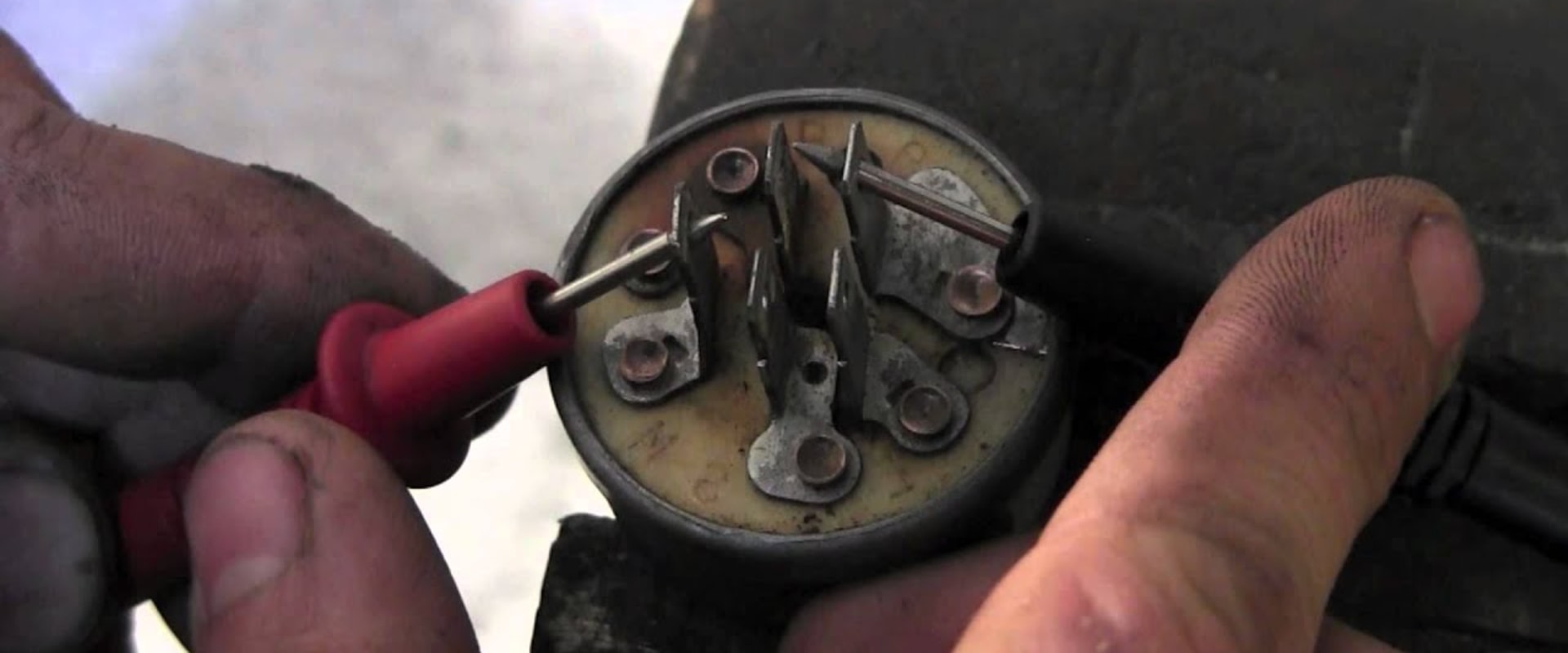
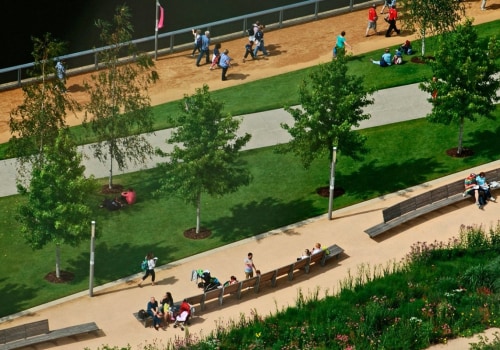
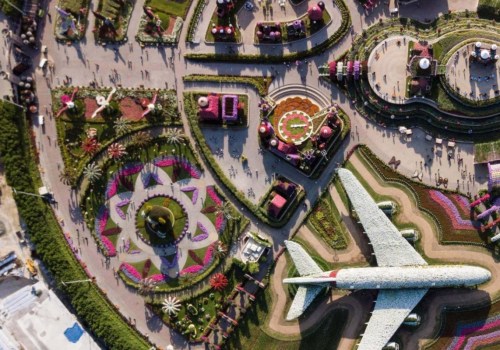
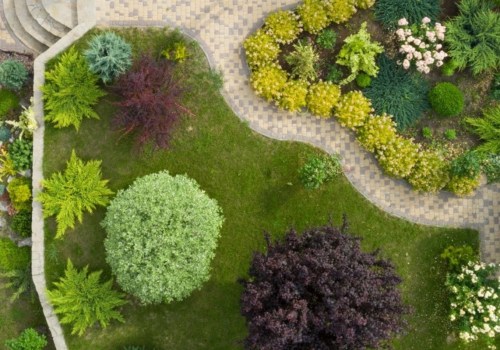
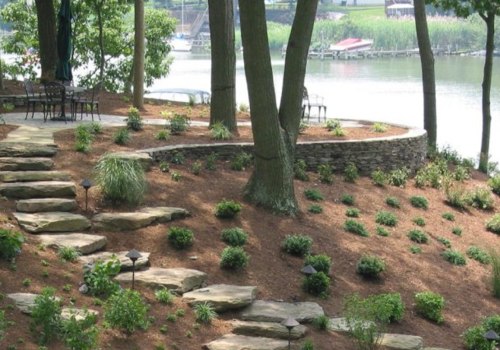
Leave Reply